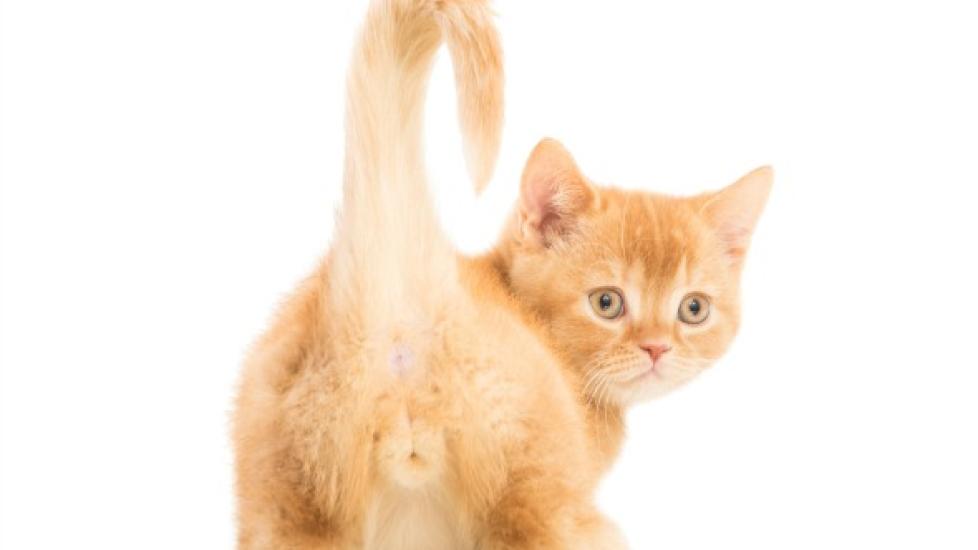Anal Sac Disorders in Cats
Cats have anal glands which produce fluid into sacs that are located on either side of the anus. This fluid is assumed to be a scent marker that is useful in delineating territory. Anal sac disorders involve impaction of anal sac fluid, inflammation of the sac(s), and abscess of the sac(s), which can lead to anal gland rupture. Impaction is the most commonly occurring type of anal gland disorder.
Symptoms and Types
- Scooting along the floor
- Straining to defecate
- Scratching at the anus
- Licking and biting around the anus
- Discharge from the anal glands
Causes
- Unknown
- Possible predisposing factors:
- Chronically soft feces
- Recent bout of diarrhea
- Excessive glandular secretions
- Poor anal muscle tone
- Retained secretions
Diagnosis
Your veterinarian will perform a thorough physical exam on your cat, taking into account the background history of symptoms and possible incidents that might have led to this condition. A blood chemical profile will be conducted, including a complete blood count, an electrolyte panel and a urinalysis to rule out other causes of disease.
If the anal sacs are easily palpable during the physical exam, they are considered to be enlarged. The normal clear or pale yellow-brown secretion will have turned to a thick, pasty brown secretion if the anal glands are impacted. Abscessed anal sacs will have a red-brown exudate, and will show signs of swelling and redness, or they may be clearly ruptured. The anal sac exudate will be sent to a laboratory for culture and sensitivity testing.
Treatment
Your veterinarian will express the contents of the anal sacs if they are not already ruptured. Abscessed anal sacs will be opened in order to allow drainage. The sacs will then be cleaned and flushed and have antibiotics infused into them. If your cat is suffering from chronic anal sac infection, the anal sacs may need to be surgically removed. However, of your cat is suffering from severe fistulation (abnormal openings in the anal sacs), the cat may benefit from oral cyclosporine therapy.
Living and Management
Your veterinarian will schedule a follow-up appointment 3-7 days after diagnosing your cat, and will schedule subsequent follow-up appointments as necessary to treat your cat’s condition. If your cat is constantly licking at its anal glands after treatment, you will need to ask your veterinarian for an Elizabethan collar to prevent the cat from further irritating the area. If the anal glands continue to drain and appear red and swollen after a few days of treatment, you will need to contact your veterinarian for further treatment.
Help us make PetMD better
Was this article helpful?
